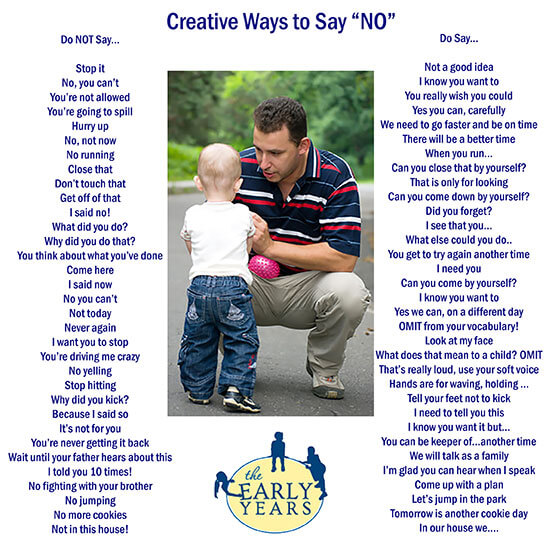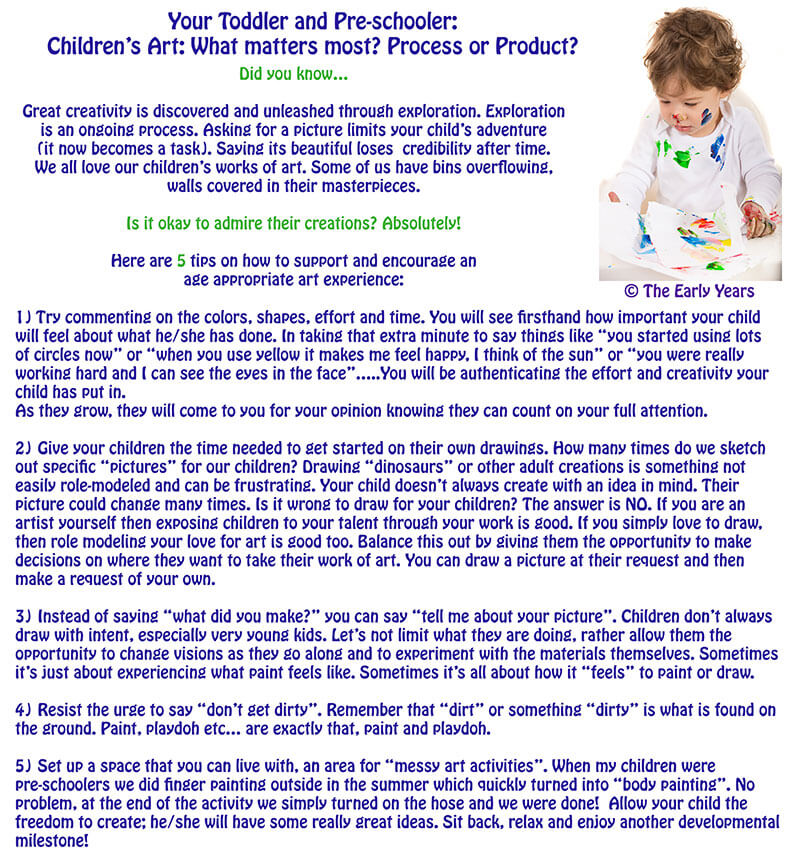Last year I was invited to speak at the First Nations Education Council’s very first annual conference.
The theme for that conference was entitled, I’m involved. Over a two-day period and with a variety of speakers on the roster the teaching sessions reached out to both parents and caregivers. My involvement was to present a workshop on positive parenting.
Although I have been educating children, parents and their extended family members for over 30 years, there is never a workshop, a small group, or a meeting that goes by where I haven’t questioned myself as to what I have to offer. Will I radiate a warmth and engage with my audience? Will I be able to get a positive message across to them? Will this mean something to parents who are struggling to change their own habits and the behaviours of their children? I want to make that difference in their lives so despite my own vulnerability in the public forum setting, I choose not to stay quiet and shaded at the bottom of the mountain, but rather I begin the climb with mounting confidence that once I get to the top, I can shout from that plateau and reach so many more than I would from down below.
That challenge came at last year’s conference just as it did this year once again. How do we walk through these trials that expose our vulnerabilities? We recognize who we are, we grow deep in walking with ourselves so that we can work with ourselves to produce the best of who we are and stay positive so that we may encourage others.
When I entered the conference room this time last year, my insecurities took the better of me; a large podium with two 60 inch screens framing my on stage silhouette– people with laptops, a translator booth in the back of the room and a camera stationed to film every flaw I would make. But then, just as my session was about to begin, a power failure! Not my own… no, it was Hydro’s fault this time. This would mean no PowerPoint, no microphone, no lights, no teaching. The co-ordinator came up to me and handed me my cheque and said I may as well go home. But as I considered this all, I allowed who I am to rule my attitude. Though shy and vulnerable, I also knew that I could not just leave. So I said, “I can speak today. If you have any candles, then I can speak.” Now this was my jam! My climbing boots were fastened and I took the opportunity to walk among the people, to speak and teach with no glitz and no electronic glamour. The desire to share, to educate and encourage these parents and caregivers validated the moment and strengthened me.
And moving forward from last year to Thursday of this past week, I once again experienced those pre-speech anxieties. During my one hour drive up to St Sauveur, I consoled myself knowing that another power failure would most likely NOT happen, but still that giant mountain grew , the one that robs us of our confidence. Yet despite this I opted to stay fastened to the notion that I had an important message that needed delivery. This year’s theme was Building relationships between parents, the school and community. And trust me, I worked hard at building my confidence when I entered that conference room, filled once again with laptops, big screens and of course that daunting recording camera at the back.
I asked myself, “How many times do I need to go through this without dreading the climb?” Yet the moment I began to speak I knew I had to be here. Knowing who I am with all my weaknesses allows me to filter through the unnecessary riff raff and puts me onto a successful road.
But I would like to share with you another reward I received after this challenging day. When I returned to my desk, I read an email message a mom had sent. She shared how her 4 year old had woken up that morning at 6am, crying that she did not want to take her swimming class. Her mom then showed her daughter past videos of how good a swimmer she really is. Still, it seemed that no amount of encouragement could help that youngster feel better. Here is a small excerpt of what I wrote the mom:
What a great idea- showing her the video! Just keep validating and reassuring her. She is just emotional right now so keep on giving support. She is not being oppositional; she just needs some extra backing. This morning I had a great privilege to speak at a First Nation’s conference in St Sauveur. Yet for the last two days I was so upset, could not talk to anyone, had trouble concentrating and even started thinking to take my early retirement! But despite doubting my abilities, once up there, I changed. The joy returned. This helps me understand that though I feel like this prior to my public speeches, though I recognize my shortfalls, this will not stop me from persevering because I know the end result: accomplishing a successful delivery far outweighs the heartache before hand.
Yes, I will most likely always be nervous before these types of sessions but that should not stop any of us from persevering success. Know yourself, and know your children too. It helps us establish boundaries and expectations of ourselves and of our children as well. It allows us to be realistic and honest as we walk through the problem and towards a good solution.
I take strength in knowing how many of you have reached out to me, to share with me how successful you have become as parents. That is my reward from you all, despite how well I know my own shortcomings. In many of my vulnerable moments, your reaching out to me and sharing of your success has greatly encouraged me.
So let us tackle the mountains together, with that special thread of hope that joins each one of us in our climb to the top.
With love and gratitude, always Sharyn






